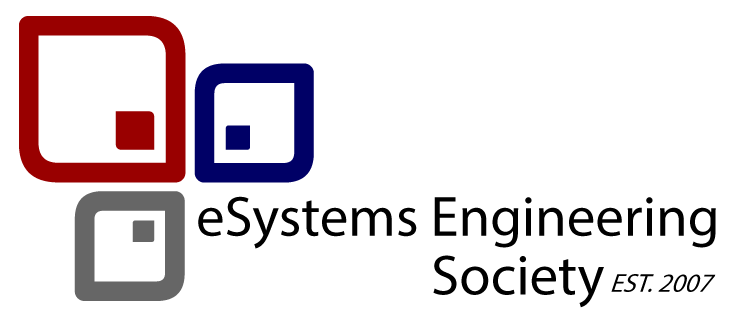Deep Neural Network based End to End Model for Driver Monitoring System
This special session is organised and supported by the following educational partner
Upgrad, India
Session Chair:
- Dr. Kaustubh V. Sakhare, Upgrad, India
Synopsis:
With the increased use of social media, driving when fully aware is becoming less popular. People often engage in activities such as texting, listening to the radio, drinking, shaving, and conversing with side passengers while driving, both of which results in injury or death as a result of road accidents. Despite the risk, people in modern times seek out other things while driving. Detecting and alerting drivers to disturbances when they arise will help them concentrate more on driving.Decision and actions of the drivers are important factors that can impact driving safety.Since the development of deep learning approach, many researchers have focused their study on detecting the driving posture of the driver. Current methods commonly use two step models: one for detection and classification or just the classifiers are implemented where only the distraction is classified and not detected. However, computationally expensive techniques that achieve superior results on the distraction driver detection create a bottleneck for safety critical and real time applications. The research propose a model based on YOLOv3 to detect and classify the distracted driver positions with an accuracy of 95.28% that runs at 56.8 fps thus satisfying the pre-requisite criteria of having an fps above 30 for real time application in self driving field. The transfer learning approach is used to fine tune the pretrained YOLOv3 model in order to minimize the training cost. The dataset used in this study is the most comprehensive and public dataset available so far. AUC DD dataset having 10 different classes. Overall, the research is a step towards practical deep learning applications, potentially preventing road accidents due to manually distracted behavior of the driver.
Paper Submission
Prospective authors are invited to submit full-length papers (not exceeding 6 pages) conform to the IEEE format . All papers will be handled and processed electronically via the EDAS online submission system.


